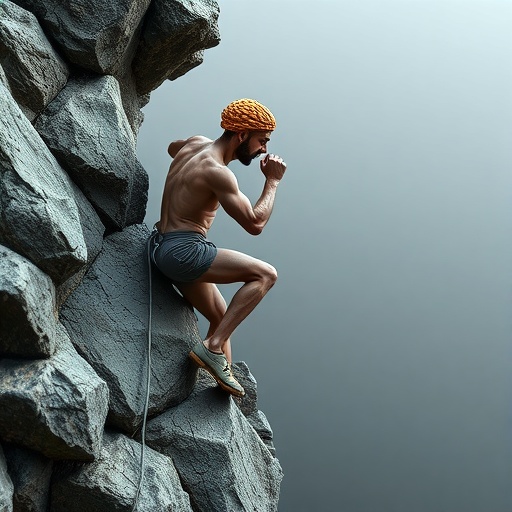The electrophysiological activity of the brain is dominated by rhythmically coupled oscillations with different frequencies. The synchrony between oscillations enables effective communication locally and between brain regions. Many physiological functions, such as breathing and heartbeat, are also rhythmically coupled in nature. Furthermore, the rhythms of the brain and body are coupled. For instance, the neural activities of the hippocampus and the breathing pattern have been shown to oscillate in synchrony. The hippocampus is a crucial brain structure for learning, meaning that the rhythmical coupling of the brain and the body might affect the learning process. The Behavioral Neuroscience Group from the Department of Psychology in the University of Jyväskylä studied the effects of the cardiac cycle in a simple learning task.
The group investigated how learning is modulated by the cardiac cycle. In the experiments the conditioned stimulus was a tone followed by an air puff directed at the eye. The unconditioned stimulus, the air puff, causes an involuntary eyeblink. Eventually the blinking of the eye occurs spontaneously before the air puff as a result of learning. The neuronal responses to the tone were modulated by the cardiac cycle in both humans and rabbits. In addition, the learning rates of the rabbits were enhanced when the conditioned stimulus was presented during the resting phase of the cardiac cycle.
"Our results showed that the processing of the external information varies during the phases of the cardiac cycle," says Tomi Waselius. "It is possible that the activity of the cardiorespiratory neurons in the brain stem affects the overall neural state of the hippocampus and thus the neural processing of the external information. This is only speculation and we have commenced complementary studies to support these ideas." Waselius suggests that it would be interesting to study how bodily rhythms modulate learning in, for example, Alzheimer patients.
###
The article was selected as an APSselect article by the American Physiological Society. The issue consists of the ten best articles published in July and it is now freely available from the website of the Journal of Neurophysiology. There is also a podcast interview with the Editor-in-Chief of the Journal of Neurophysiology: https://jneurophysiol.podbean.com/e/learning-by-heart/.
Media Contact
Tomi Waselius
[email protected]
358-458-895-165
http://www.jyu.fi
http://dx.doi.org/10.1152/jn.00128.2018




